Liebherr Rdi 1621 Plus Bruksanvisning
Les nedenfor 📖 manual på norsk for Liebherr Rdi 1621 Plus (28 sider) i kategorien Kjøleskap. Denne guiden var nyttig for 27 personer og ble vurdert med 4.6 stjerner i gjennomsnitt av 14 brukere
Side 1/28

User Guide
Quality, Design and Innovation
home.liebherr.com/fridge-manuals
Produkspesifikasjoner
| Merke: | Liebherr |
| Kategori: | Kjøleskap |
| Modell: | Rdi 1621 Plus |
Trenger du hjelp?
Hvis du trenger hjelp med Liebherr Rdi 1621 Plus still et spørsmål nedenfor, og andre brukere vil svare deg
Kjøleskap Liebherr Manualer

19 Oktober 2025

19 Oktober 2025
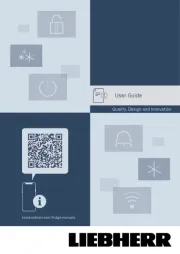
26 September 2025
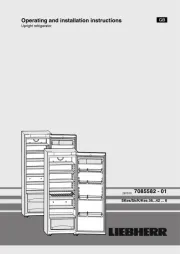
31 August 2025
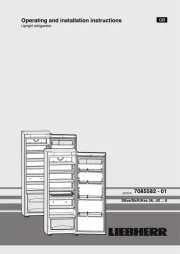
31 August 2025
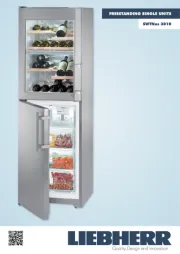
30 August 2025
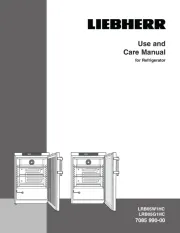
12 August 2025
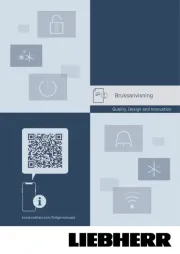
12 August 2025

10 April 2025

8 April 2025
Kjøleskap Manualer
- Rosieres
- Crosley
- Premium Levella
- Panasonic
- Schmick
- Edgestar
- Fhiaba
- G3 Ferrari
- Bompani
- Kucht
- Ecotronic
- XO
- Fulgor Milano
- Lec Medical
- Zanker
Nyeste Kjøleskap Manualer
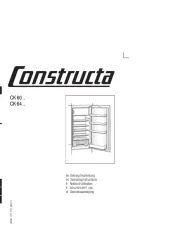
21 Oktober 2025
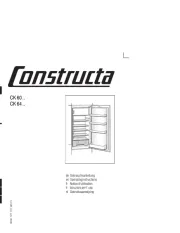
21 Oktober 2025
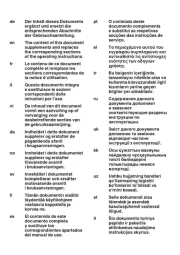
21 Oktober 2025

20 Oktober 2025
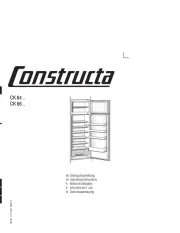
20 Oktober 2025

20 Oktober 2025

19 Oktober 2025
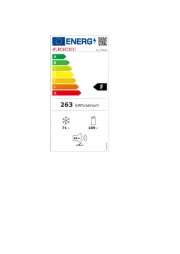
18 Oktober 2025

18 Oktober 2025
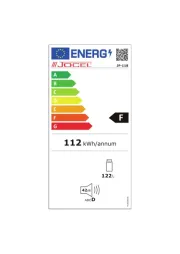
18 Oktober 2025